
You spent countless hours researching the latest products to help you in your fishkeeping endeavors, purchased a tank and all the accessories and cycled your tank. You are ready to choose your fish. What’s the best way to proceed? Like in any other hobby, everyone chooses to do things differently, so these tips are not hard and fast, but they will help you achieve a successful freshwater ecosystem that you can enjoy in the comfort of your own home.
This is probably the most important tip that new fishkeepers should adhere to, as it brings more enjoyment for the fishkeeper as well as the fish. Freshwater tropical fish can be divided into a few categories: tetras and barbs, cichlids, catfish, gouramis and labyrinth fish, livebearers and discus. (We won’t talk about discus here because they are specialized and not for beginners.)
With the exception of cichlids, many of these fish families can live in harmony in a community tank. For example, the angelfish, which is a cichlid, is compatible with most of the fish in these categories except for a few tetras. Read up on the various species available to create a community fish tank to ensure that they will be compatible — e.g., fish wise, pH-water wise and water-temperature wise — with each other. The size of your fish tank determines how many and what type of fish you can keep in your tank. Do not overstock your tank and do not choose fish that will outgrow your tank.
After determining what species of fish that you want to keep, go to a few local fish stores and see what they have in stock. When choosing fish, look for healthy fish that are swimming normally and are absent of such things as torn or ragged fins, discoloration, open wounds and rapid movement of the gill covers. Those fish are experiencing or have experienced some level of either disease or stress and should be avoided. Also, avoid shoaling fish that have broken away from the others. Healthy fish will look healthy. Their colors will be bright and pronounced, and their fins will be at attention as they swim by. Ask the local fish store employee to feed the fish to see how they eat. Avoid the fish that isn’t eating and choose the one that is going after its food with gusto.
A good local fish store that is well-stocked and clean and has knowledgeable employees is one of the best resources you can have in this hobby. While Internet discussion groups and websites like FishChannel.com are also great resources, a good local fish store employee will be there for you when you have questions or when emergencies arise.
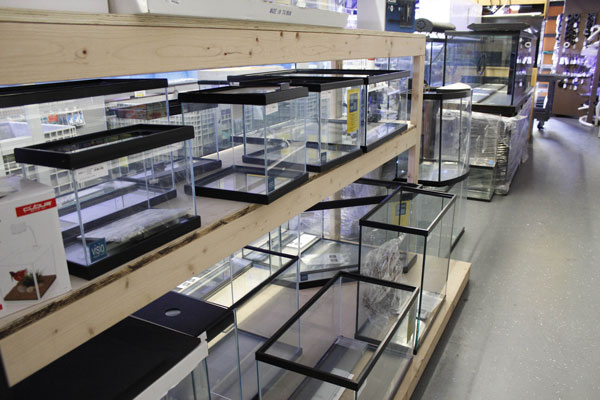
A good local fish store is clean, well kept and has knowledgeable staff. Coral Oasis in Costa Mesa, Calif. Photo by Gina Cioli/I-5 Studio
How do you find a good local fish store with knowledgeable employees? That takes a bit of investigation. Observe how the employees interact with other customers, check how the tanks are maintained and observe the overall cleanliness of not only the fish tanks, but the store shelves as well. If the store has been around awhile and there is accumulated dust on the product shelves, then how do you think they take care of their fish? Look at the fish tanks: Are the tanks clean and are the fish healthy? Are there dead fish floating in the tanks or on the bottom?
Ask questions that you know the answer to in order to test a fish store employee’s knowledge. A fish store employee who provides intelligent answers and takes the time to explain to you why a Serpae tetra isn’t compatible with a betta is a good sign that the store is good as well.
Don’t forget the big box chain stores. I was in my local big box store listening to an employee explain to a 7-year-old and the child’s mother why a bala shark won’t be an ideal fish for a 10-gallon tank. I observed this man explain to the mother why African cichlids can’t share the same tank as their black skirt tetras. He was very knowledgeable.
Maintenance is the most important activity that you can do when it comes to fishkeeping. As a fishkeeper, you are essentially the gatekeeper to everything that has to do with the tank. Your fish depend entirely upon you for proper lighting and heating, that the aquarium filters are maintained and that water changes are performed at scheduled intervals.
Unless you are keeping goldfish or other coldwater fish, lighting and heating are very important for your continued aquarium-keeping success. Of the two, the correct heater is the most important. Tropical fish require warmer waters than goldfish, and if you live in a cold-weather environment, the heater is the most important piece of aquarium equipment. Make sure that your heater is working properly. If you can afford it, purchase a backup heater for insurance. You don’t want your aquarium heater to go on the fritz in the middle of a snowstorm in Michigan. Your fish will freeze.
Most filters require a little maintenance to ensure smooth water flow and crystal clear, clean water. Set up a schedule to check the filter elements at least several times a month. Depending on your type of filter, you will replace the entire filter element or you’ll rinse the existing filter element and reuse it to save some of the beneficial bacteria that have colonized the filter element. Once you’ve replaced the filter element, inspect the return tubes and any other part of the filter for detritus and other gunk that may interfere with the water flow. Inspect the impeller or other water-movement device and clean it if necessary.
If you are running a water softener and/or have hard water in your area, clean any scale or salt buildup off the filter as well. If you let scale accumulate, it will eventually clog your filter, which can lead to unhealthy water in your aquarium.
Though part of maintaining your fish tank, water changes are probably the single most important activity that you can perform when keeping a fish tank. While aquarium filter technology has grown considerably over the last decade, aquarium filtration still cannot replace a good, old-fashioned water change. Filters cannot filter out everything, and that is why water changes are essential. This activity can change the chemistry of your tank from marginally healthy to very healthy in the time it takes to perform a water change.
If you are not sure if your local water authority is adding chlorine and chloramines in your tap water, use a good quality water conditioner. Water conditioners are good insurance against these elements, which can kill your fish.
Tip: When performing a water change, use a gravel vacuum and suck up the detritus that is lodged between the gravel. The gravel vacuum will also suck up the dirty water, so you are essentially performing two tasks simultaneously.
A good idea is to follow an aquarium maintenance schedule so you can keep track of your regular maintenance and water changes. A simple log can be found on FishChannel.com at FishChannel.com/MaintenanceLog
In two words: "Don't overfeed." The general rule of thumb is to feed your fish just enough food that they can consume in about five minutes. It is not a hard-and-fast rule, but adhering to it helps you to maintain a healthier tank. Any uneaten food ends up on the bottom where it decays and causes nasty things to occur, such as algae blooms or worse, the demise of your fish.
Fish are not people, and many don’t have to be fed daily. Some fish just don’t know when to stop eating, so they eat and eat until their bellies are full. As in most things, moderation is key. You don’t want an overweight fish that has trouble swimming about.
If you have fish that reside on the bottom, ensure that they get some food or you will have starving fish. While most flake foods offer a well-balanced diet for your fish, not all fish will take to flake food. These fish require other choices to stay healthy. For example, Otocinclus, a small suckermouth catfish, feeds on vegetable matter. While Spirulina tablets are ideal for this type of fish, it is advisable to supplement their diet with an actual piece of green, leafy vegetable, such as blanched spinach. Know your fish and what it prefers to eat for continued aquarium success.
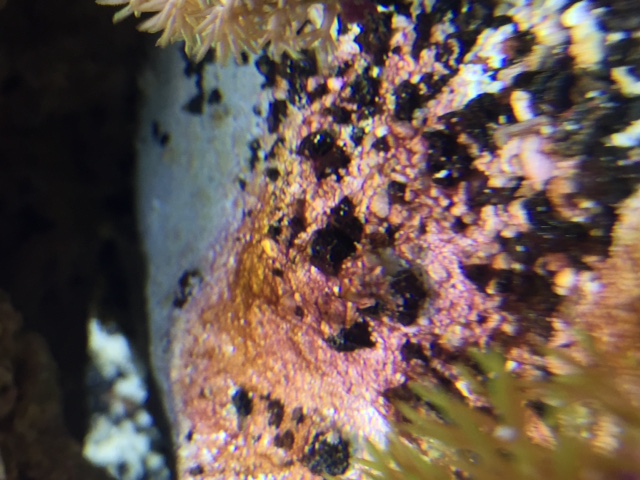 Red Algae in Marine Aquarium
Q. Ive been keeping saltwater fish for about five years, and
Red Algae in Marine Aquarium
Q. Ive been keeping saltwater fish for about five years, and
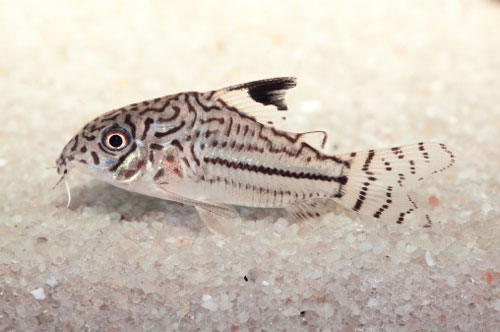 Keep Your Aquarium Clean With These Tank Tools
Success in maintaining a freshwater system takes applied kno
Keep Your Aquarium Clean With These Tank Tools
Success in maintaining a freshwater system takes applied kno
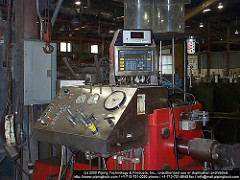 Would You Like The Supreme Fishing Experience? Heres The Reason Why It Is Essential To Carry The Mo
If what youre seeking out is considerably more fish thr
Would You Like The Supreme Fishing Experience? Heres The Reason Why It Is Essential To Carry The Mo
If what youre seeking out is considerably more fish thr
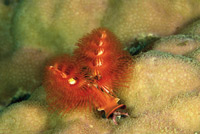 Aiptasia
Q. I have Aiptasia all over my aquarium and have been
Aiptasia
Q. I have Aiptasia all over my aquarium and have been
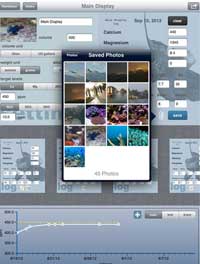 Reefdoser Pro for iPad Ships
Reefdoser Pro for iPad Ships
Copyright © 2005-2016 Pet Information All Rights Reserved
Contact us: www162date@outlook.com